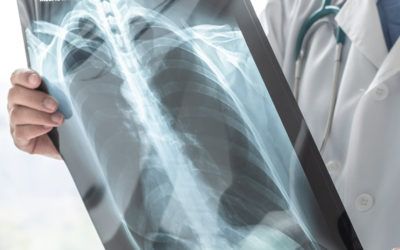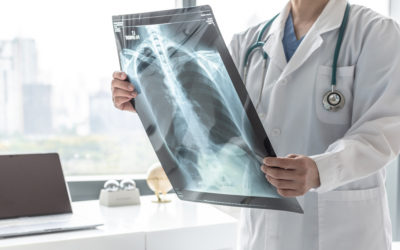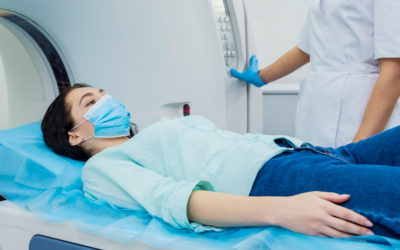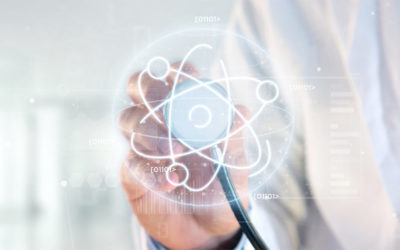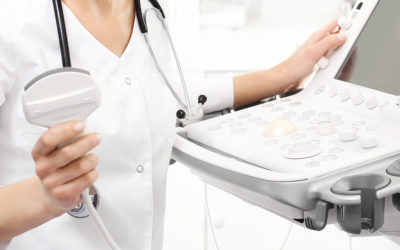Digital Mammography
For patients, having a digital mammogram is very much like having a conventional screen-film mammogram. Both film-based and digital mammography use compression and x-rays to create clear images of the inside of the breast. But digital mammography offers us at Kentucky River Medical Center a few benefits that traditional mammography does not, including the ability to manipulate images (zoom, adjust the contrast) and potentially reduce radiation exposure, as being able to adjust the image’s brightness and contrast reduces the need for retakes due to over or under exposure.
More than 200,000 new cases of breast cancer are discovered in the U.S. each year. At Kentucky River Medical Center, we know the value of early detection and mammography is a tool we use to identify potential issues. An x-ray of the breast, mammography is used to look for breast disease in both women and men. It is a non-invasive, outpatient procedure that is generally not painful. At Kentucky River Medical Center, we’re dedicated to providing you with the most proactive care possible. If you have questions about your test or the results, your doctor or nurse can answer all of your questions.
According to the American Cancer Society, if you’re 40 or older you should get a mammogram every year. That means if you were born in 1982 or earlier, you should schedule your mammogram today! There is a lot of information out there about breast self-exams, mammograms and more. But one thing is certain: early detection of breast cancer remains key to survival. Talk to your healthcare provider about risk factors, including age, family history and genetics. Even obesity, poor diet and lack of exercise can increase the risks.
Kentucky River Medical Center uses mammopads providing warmer, softer and more comfortable exam.
For More Information
Call 606-666-6413
Related Services and Conditions
CT Lung Cancer Screening
Lung cancer is the number one cause of cancer-related deaths in the United States. It is responsible for more deaths annually than breast, prostate or colorectal cancers combined. Lung cancer is second only to heart disease in the number of deaths caused annually. If...
Diagnostic Imaging
At Kentucky River Medical Center, diagnostic imaging is used to create a graphic depiction of the structures and functions of the body’s organs and other internal systems. These images are used to examine and diagnose certain medical conditions. The imaging department...
Magnetic Resonance Imaging (MRI)
It’s clear—precision is important during diagnosis. Of all imaging technologies, MRI or Magnetic Resonance Imaging gives doctors the clearest, most precise image of the inside of the body. It’s sophisticated, and uses a strong magnetic field to show the structure and...
Nuclear Medicine
A special kind of imaging, nuclear medicine creates images of the body and its functions by capturing the energy of a safe radioactive substance as it flows through the body. It’s used to detect tumors and infection by bringing to light a number of bodily processes...
Ultrasound
Kentucky River Medical Center uses ultrasound as a painless, non-invasive way to diagnose a variety of diseases and conditions without the use of radiation, making this a widely used procedure during pregnancy. Sometimes called sonography, ultrasounds bounce...

